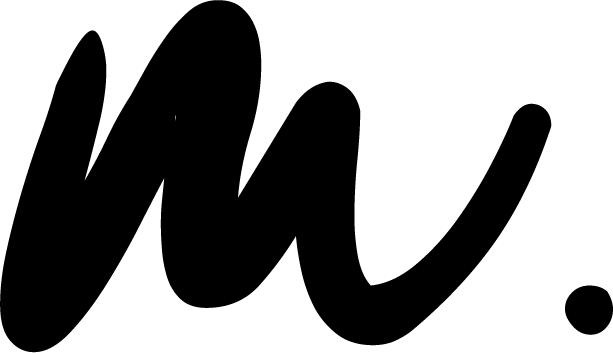I walked this morning in the early-sun-of-the-day with Lidia Yuknavitch’s voice in my head. And David Naimon’s. They talked about Ursula K. LeGuin’s Theory of Fiction as a Carrier Bag.
So much was said by them, so much has been said by others about LeGuin’s Theory and about form and motivation, and the need to tell stories in different ways. I’m still digesting it all and I plan to offer a workshop or a series of writerly experiments to wend our way through form. I’m interested in feminine forms. I’m interested in non-binary forms. I’m interested in the polyvocal.
I’m intimidated, too, because I feel like I’m late to the party and I have purchased a cheap bottle of wine which I hope is a good value and not over-priced-swill.
Athena wanted more of my attention this morning than I gave her, busy as I was with listening to Lidia and David. And, now, as I write this, she is asking for me to take her for a walk. Asking = occasionally jumping up and putting her front paws on the back of my shoulders. I don’t think this is good manners but I understand the urgency of desire.
So…for now…I’ll leave you with a few explorations and a promise to revisit this topic, again and again. LeGuin’s work deserves the revisiting! Here is a quote from her essay The Carrier Bag Theory of Fiction
If it is a human thing to do to put something you want, because it’s useful, edible, or beautiful, into a bag, or a basket, or a bit of rolled bark or leaf, or a net woven of your own hair, or what have you, and then take it home with you, home being another, larger kind of pouch or bag, a container for people, and then later on you take it out and eat it or share it or store it up for winter in a solider container or put it in the medicine bundle or the shrine or the museum, the holy place, the area that contains what is sacred, and then next day you probably do much the same again — if to do that is human, if that’s what it takes, then I am a human being after all. Fully, freely, gladly, for the first time.
LeGuin imagines a novel as a carrier bag. Lidia talks about her work as polyphonic. David brings in all sorts of writers and artists who connect to the idea of what is collected and the shape of the vessel which holds the collection.
I can’t help but think of the collectors I’ve known and what motivates them, what hope they derive from their collecting ways. I wonder how all of this will contribute to my own finishing of a novel I’ve been haunted by for many years, The Arbornauts.
More later. See you soon. Mar’ce xoxoxo

